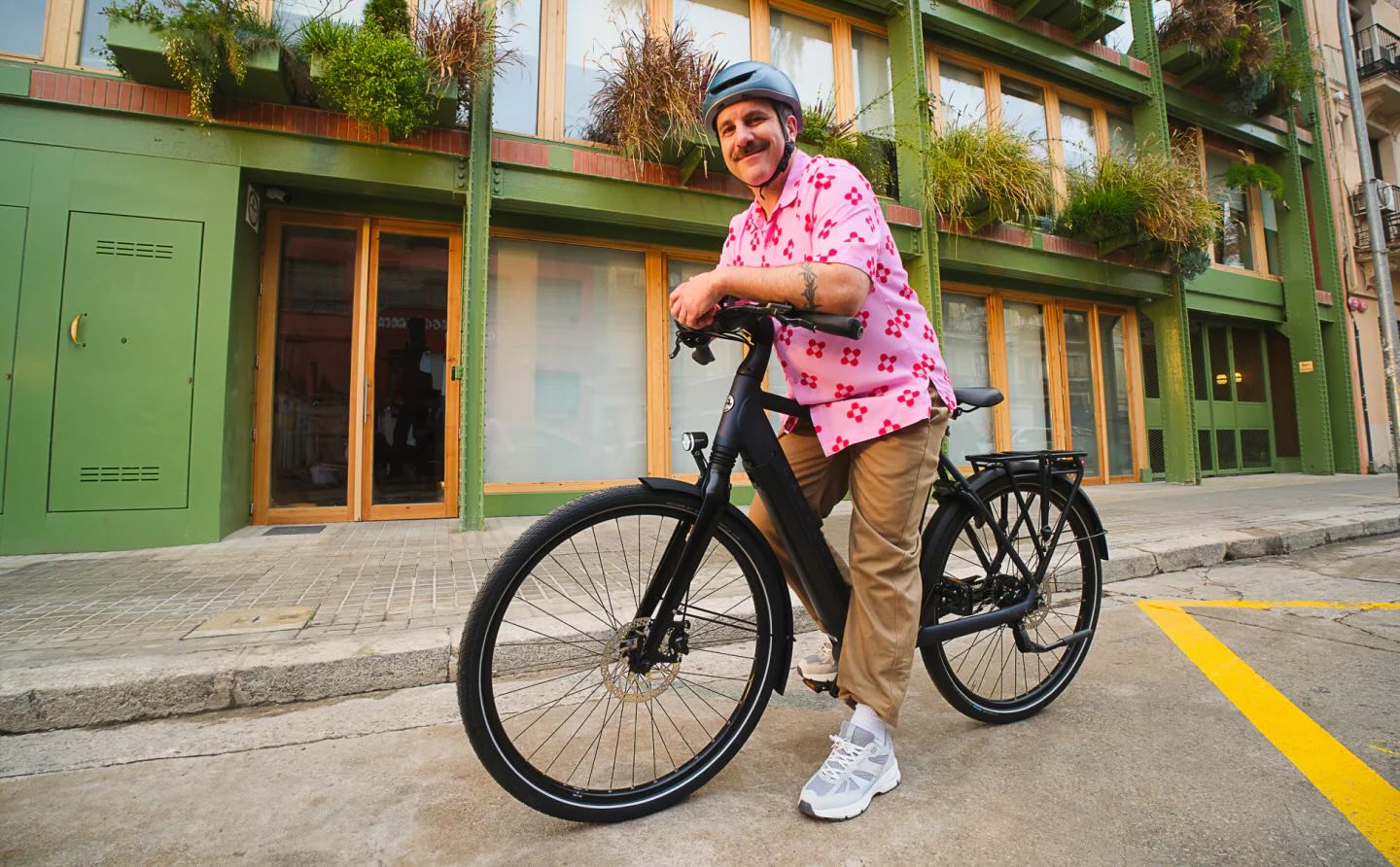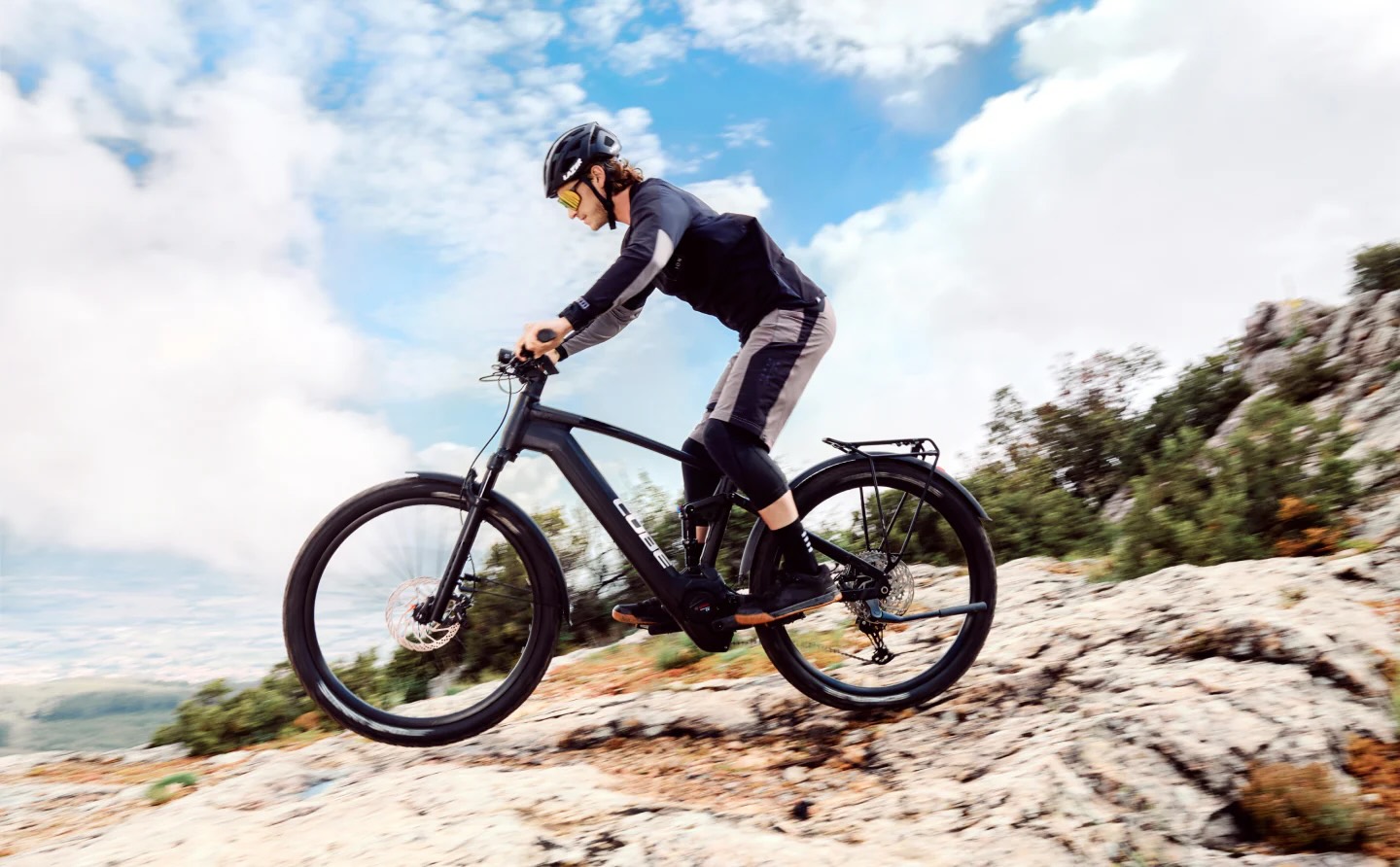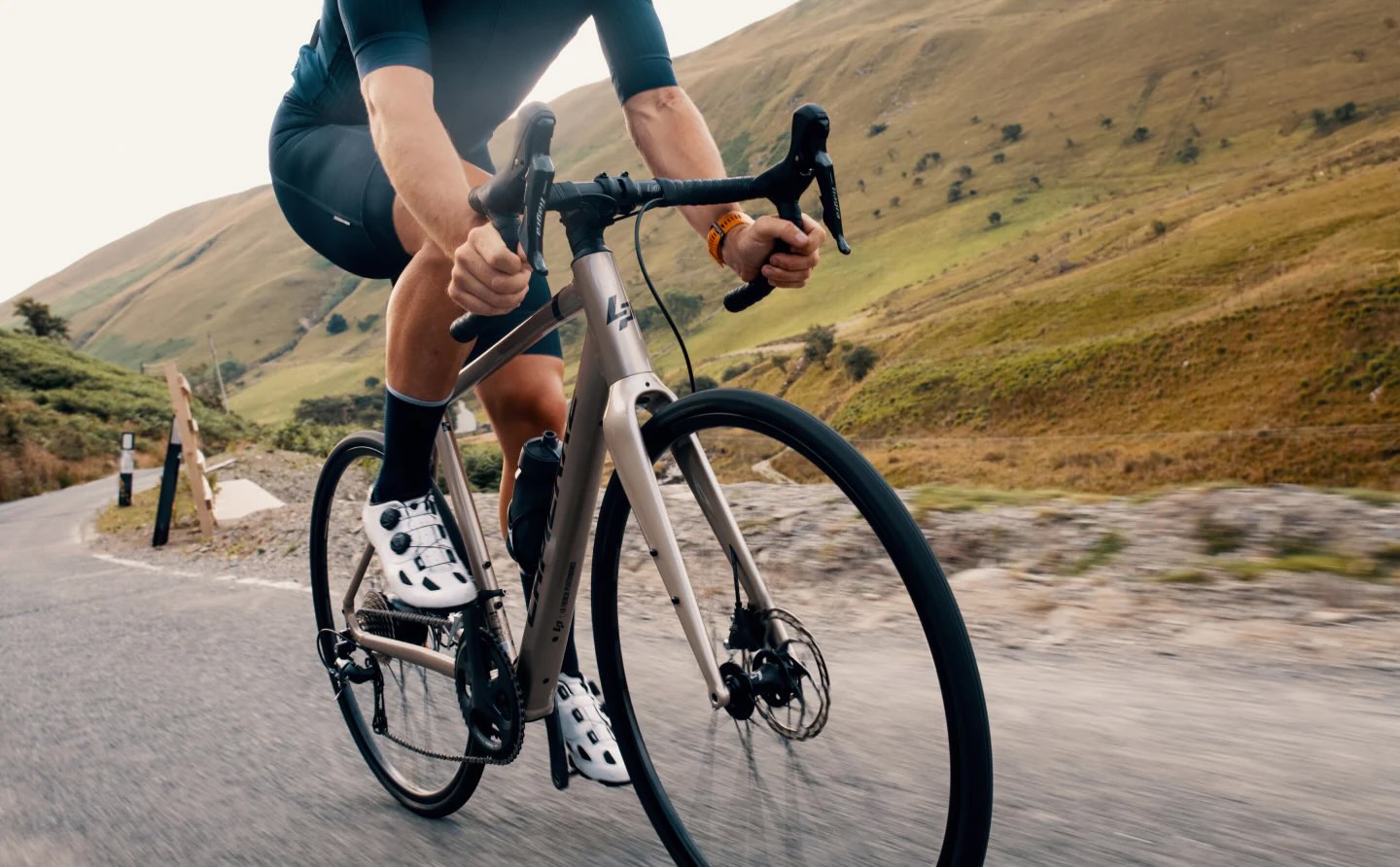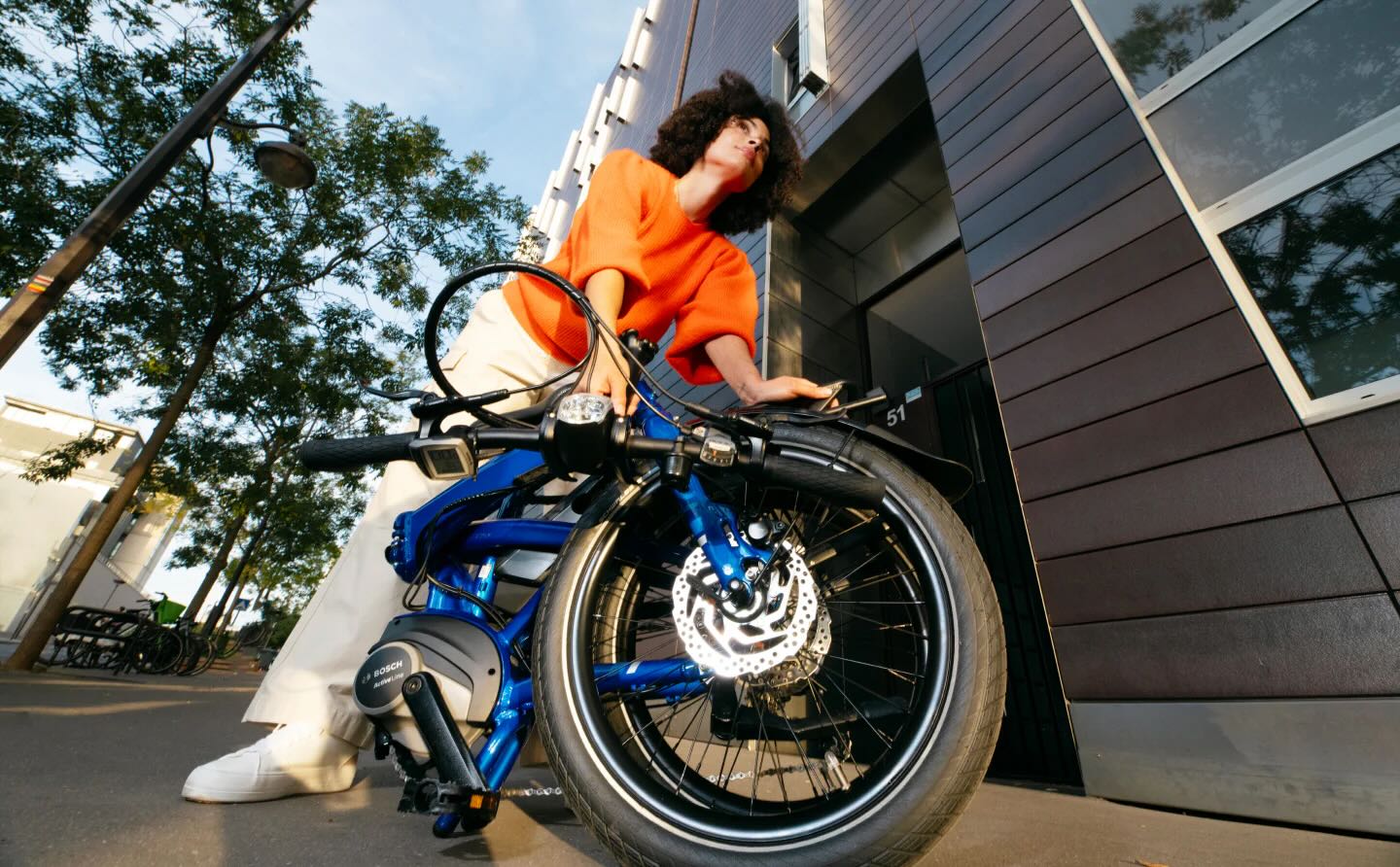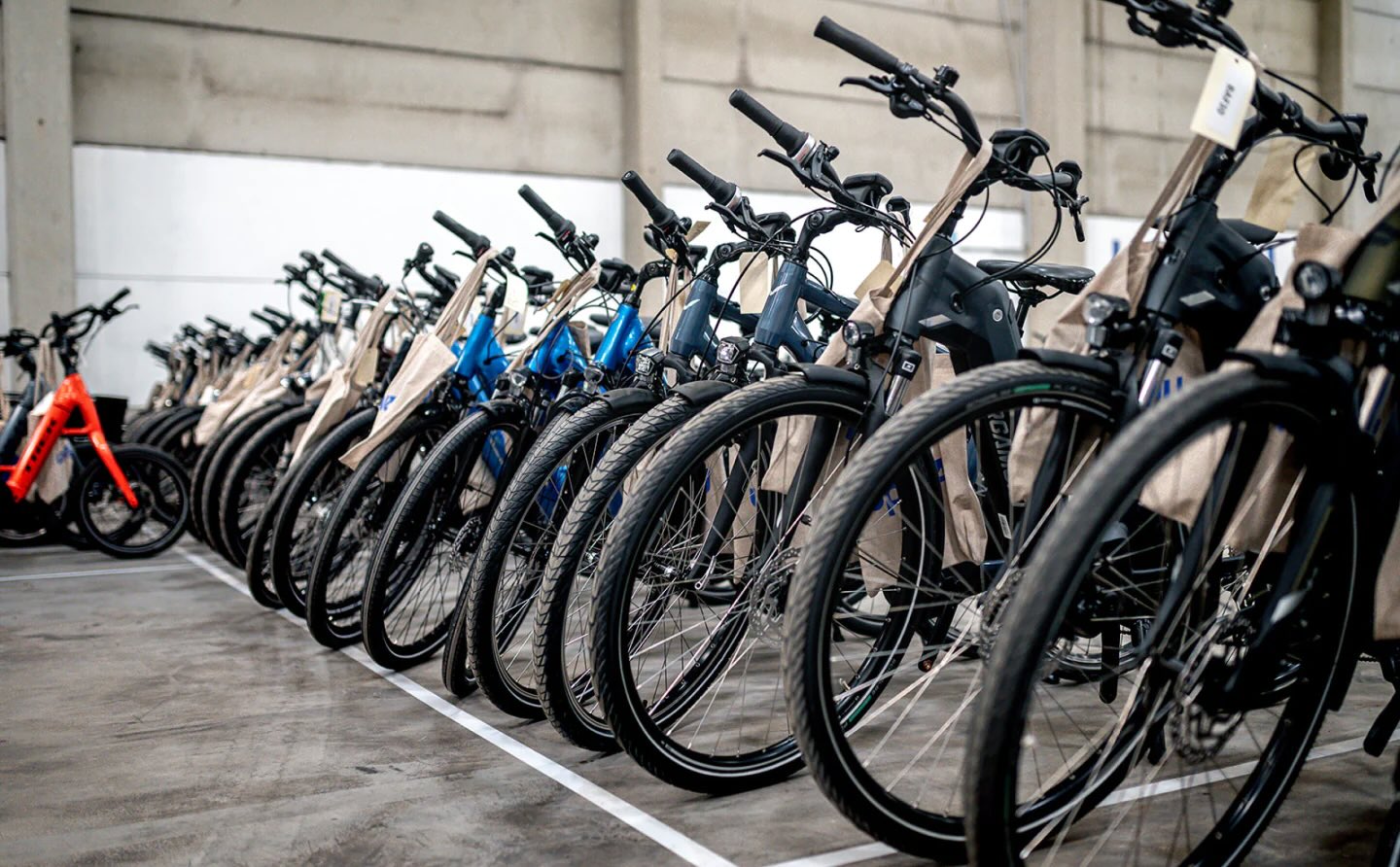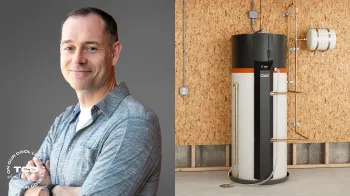Elizabeth and Shane, a couple traveling often and widely for work in event production, grew tired of their frequent stays in hotels.
"We wanted to be able to bring everything with us," Shane said of the couple's constant traveling, according to a Tiny House Giant Journey video via YouTube, "including the dogs."
So the couple spent two years on the hunt for the perfect used school bus to convert into their dream tiny home on wheels, according to autoevolution. The comfortable, abundant-in-storage "B-Wagon" school bus — or "skoolie," as it's called in the community — is studio-style with a kitchen, couch, bed, separate bathroom, and two decks.
The decks were very important to the couple, as they wanted to make the outside of their home feel like an extension of the inside. This way, Elizabeth and Shane can indulge in fresh air during their stops — an important activity for them and their dogs.
Making the switch to skoolie living has saved Elizabeth and Shane money as they've been able to ditch hotel stays and avoid a mortgage on a house they'd spend little time in. Their Blue Bird bus was $7,000, while the conversion cost the couple around $50,000-$55,000. The average estimated cost of a skoolie renovation — at least the early, fundamental phase — is about $20,000-$30,000, according to The Tiny Life.
All told, the purchase and renovation of a school bus projects to be significantly less expensive than purchasing a standard home. And for many thrifty and eco-conscious travelers, skoolie living is a viable housing option. The lifestyle offers freedom, simple living, cheap utilities, and constant adventure. Naturally, the lifestyle can also have its bumps.
Watch now: Giant snails invading New York City?
While upfront costs are less expensive than other housing options, Elizabeth, Shane, and other tiny-home-on-wheels-livers pay more for gas and parking. And the gas pollution from this kind of vehicle can be a significant factor when the bus is consistently on the move.
Even so, those who convert used buses into tiny homes contribute positively to the environment by reusing old vehicles, essentially keeping them out of landfills.
When possible, many skoolies, such as this one, are renovated to support off-grid living. The water and energy usage to live in a skoolie is less than what is required for a house, which means costs are lower as well. The B-Wagon also boasts a 2,000-watt solar array.
By ditching a stationary house and leaving hotel room stays behind, Elizabeth and Shane get to enjoy the open road in their cozy home while they save energy, water, and money. The couple will continue their sustainable tiny living as they continue to be on the move for work.
TCD Picks » Upway Spotlight

|
Would you live in a home made of mud? Click your choice to see results and speak your mind. |
"The school bus," Shane mused in the Tiny House Giant Journey video, "when I walk inside of it, it feels like home."
Elizabeth said in agreement: "Even more than home, it is our home."
Join our free newsletter for easy tips to save more and waste less, and don't miss this cool list of easy ways to help yourself while helping the planet.

